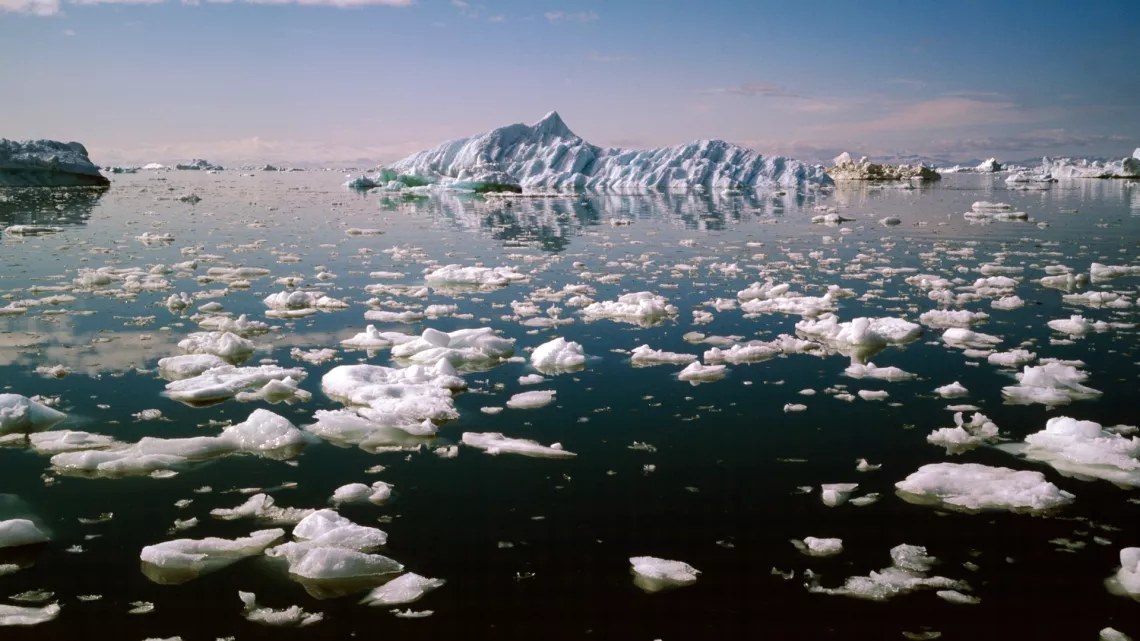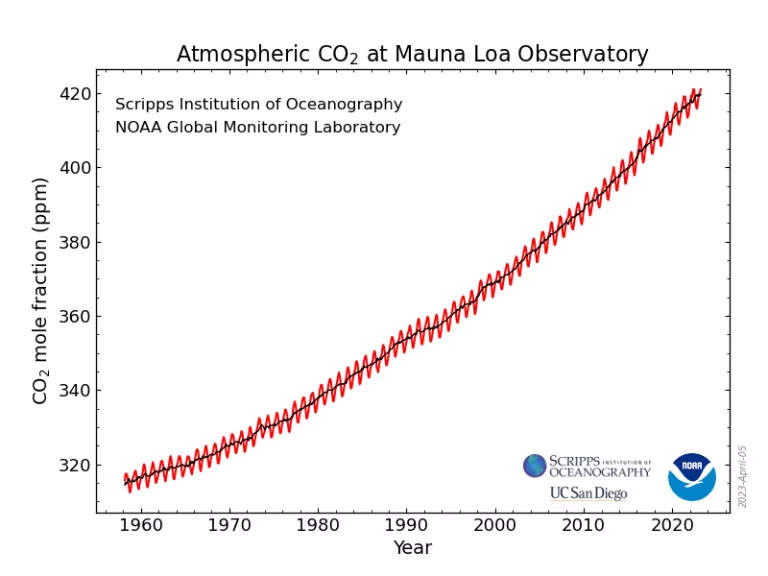By Jon Ullman, Executive Director, Santa Barbara-Ventura Chapter
In 1996, the Miami Museum of Science leased a touring exhibit from the San Francisco Exploratorium called “Global Warming: It’s getting hot in here” along with a sweating cartoon earth face with a thermometer’s red mercury nearly to the top.
The exhibit through text and photos explained the science of the greenhouse effect in a matter-of-fact, and in hindsight insufficiently alarmist manner. As public relations supervisor coming off Robotic Dinosaurs, I knew this one would be a dud. Exhibits with bad news about the planet generally did not move weekend turnstiles.
We needed to localize it. I found Dr. Hal Wanless, chair of Geology at the University of Miami who was talking to whoever would listen about the area being underwater at some point. I took photos of the handmade maps he kept, which in the mid-90s weren’t online. I photographed them and reprinted them in our newsletter “Sci-lights.” Despite those efforts, the exhibit was still a dud.
Dr. Wanless’ sea level rise predictions were always sooner than the U.N. consensus forecasts. Until the day that they were not.
The U.N. Climate report released last month felt like the day Dr. Wanless ceased to be an outlier. Here’s the latest: https://tinyurl.com/UNfinalwarning
The UN’s tone had changed. It wasn’t the usual, ‘we only have about a decade but can still change our path’ spiel. This time the words were stone cold just like the National Hurricane Center warning of imminent death for those ignoring evacuation orders.
The Arctic’s ice had probably reached a tipping point in 2007, scientists said, and now it was melting uncontrollably from the inside out. https://tinyurl.com/GlaciersLow

A week after the announcement some media outlets hopped on the idea that doom was an epidemic outpacing denialism, that the public was insufficiently optimistic. https://tinyurl.com/Doomerism
Had I become a doomer?
Living in California, it can feel like we are making serious progress on climate change compared to the rest of the nation and world. To some extent it’s true. But to some extent it’s not.
The skyrocketing Mauna Loa Observatory carbon graph's line has not bent a bit. Our goals for decarbonization are measured in decades, while climate chaos is here. It’s now.
Octavia Butler, a Black science fiction writer from Pasadena, was paying close attention to current events when she wrote the 1993 California climate dystopia “Parable of the Sower.” Her teenage protagonist lives in a walled community before a climate-ravaged outside world closes in, forcing her and two friends to set foot north. Butler forecast what might happen based on what she saw socially and scientifically in the early 90s. The writer, just like the Miami scientist, was trying to warn every one of the futures they foresaw, so it could be stopped, slowed or soberly managed.
Tangible Difference
The Santa Barbara - Ventura Chapter is making a tangible difference. We’ve stopped gas hookups for new construction in many of our cities and counties. We’ve frozen proposed onshore and offshore oil expansions and helped pass laws that limit proximity of wells to schools and homes. We’re buying more electric cars and biking and walking more. We’re working in coalition to stop the doubling of natural gas pipeline pumps across the street from a West Ventura elementary school.
But we are aware that our climate victories alone will not stabilize the world’s climate. We can only play our part.
In “Parable of the Sower,” the main character finally ventures off the 101 and arrives at a beach near Santa Barbara. It’s the only time in the book she really lets her guard down. Maybe because the beach is so blissful, everyone chooses to pause from their dystopian life.
From our unique spot in the world, we can’t afford to be deniers or doomers. We can’t believe humans can build a giant machine to solve this or that things will magically work out.
We only have one choice. Bend the line.
